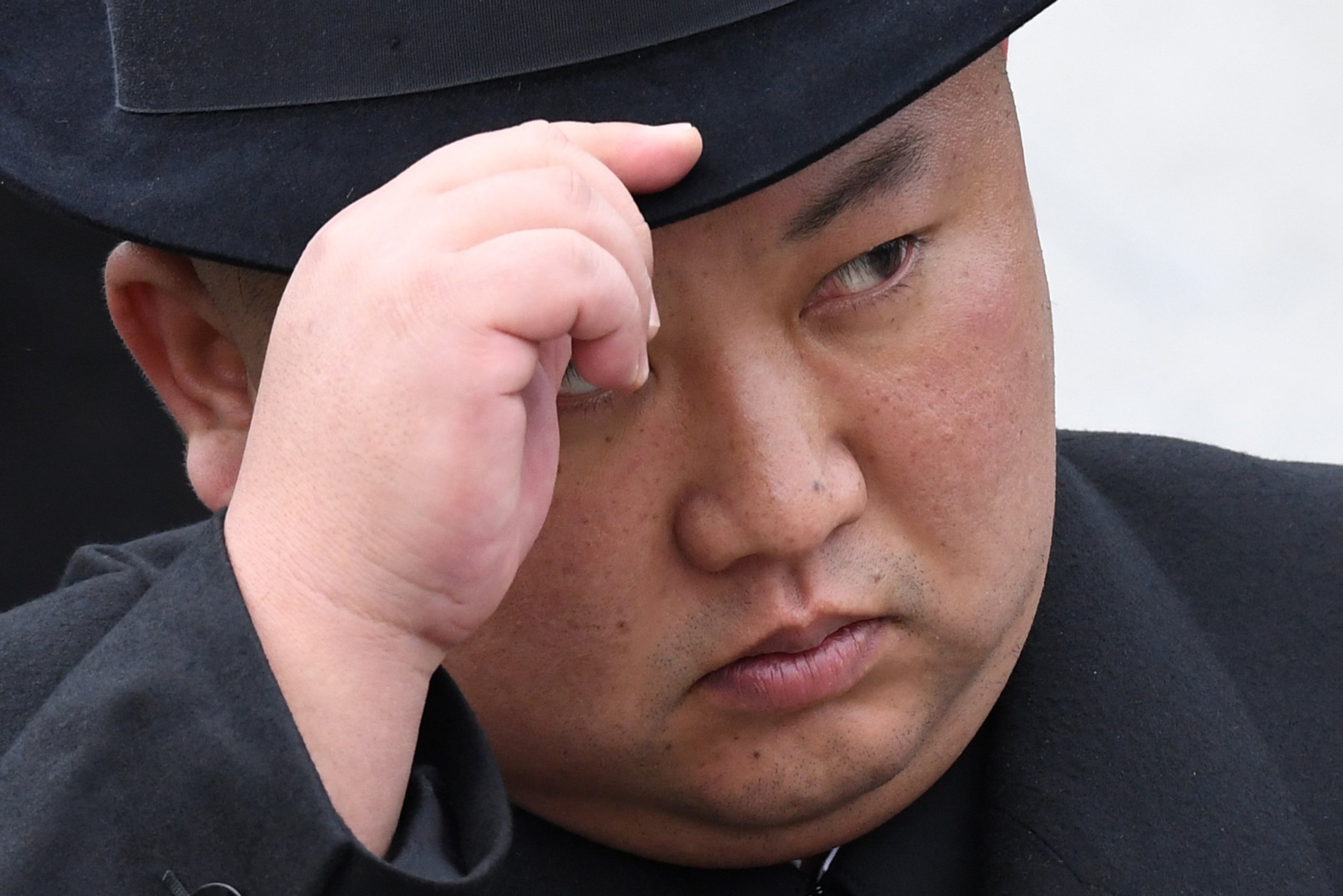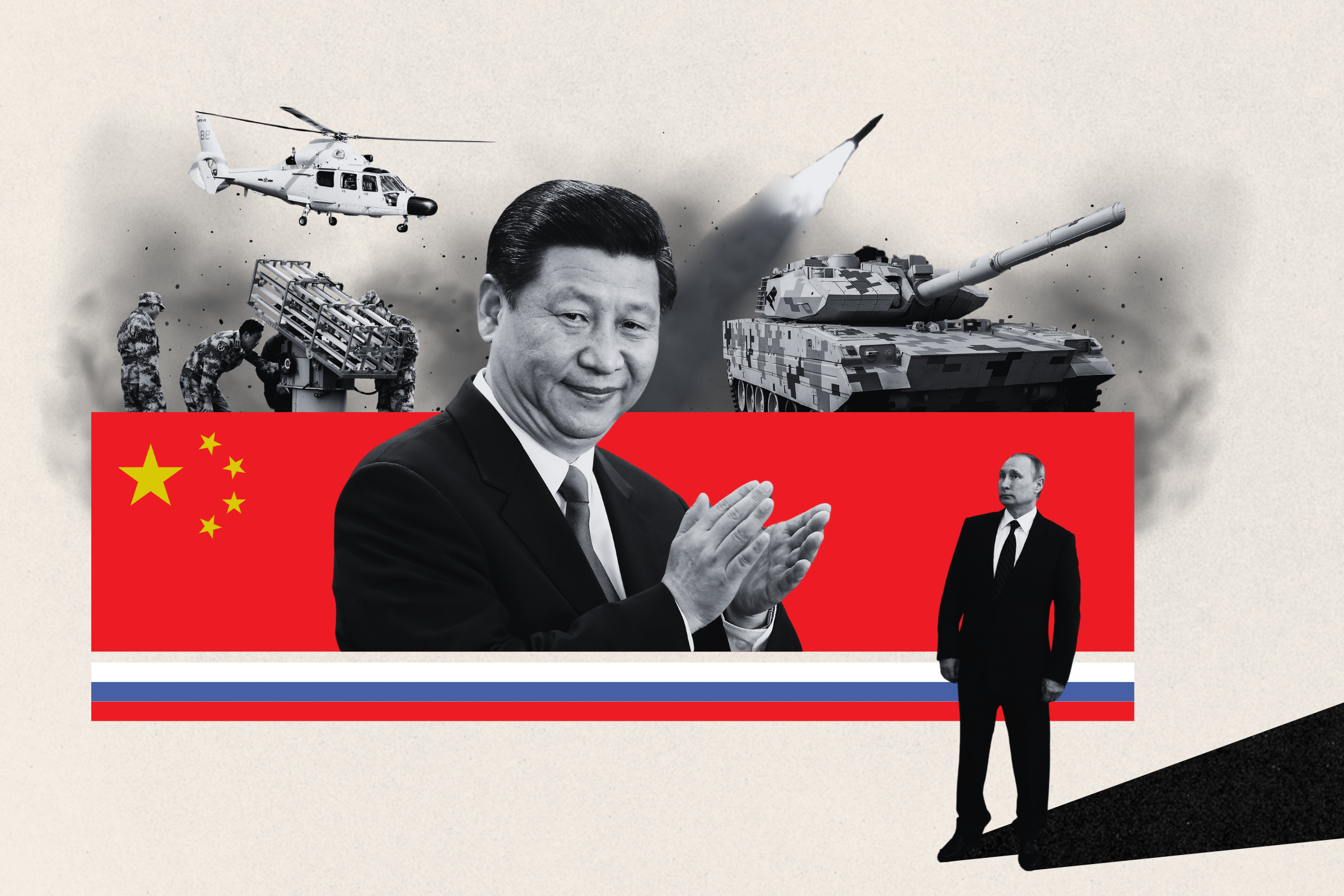
For a backwards nation that has an economy roughly half the size of Vermont that can't even feed its own people, North Korea sure knows how to drive headlines around the world. Through a series of carefully calibrated moves—restarting missile tests after a 577-day lull, a new found love of press conferences, veiled threats and intense diplomatic outreach to potential great-power patrons—Pyongyang has settled on a new strategy to gain concessions from the Trump Administration after a failed summit. Think of it as North Korea's own version of maximum pressure.
How ironic. It seems Chairman Kim Jong Un is taking a page from America's foreign policy playbook. Clearly humiliated after coming home from the second U.S.-North Korea meeting in Hanoi empty handed—and most importantly, gaining no sanctions relief whatsoever—Kim cannot appear to look weak to his generals, high-ranking military officers and upper-tier Korean Workers Party supporters he needs support from to ensure his rule. For Kim, now is the time to show that if America will not back off a diplomatic approach that essentially demands North Korea give up its nuclear weapons and missiles for eventual economic and geopolitical rewards later in the future—essentially trading nukes for a promise—that he does indeed have cards to play.
And play them he has. His ace card—and arguably the one that nearly started a nuclear war back in 2017—are now back on full-display: advanced missile tests. But while the missiles Kim is testing now are not the long-range rockets that can hit the U.S. homeland with a nuclear payload, the portly pariah of Pyongyang is showing the world that the year and a half plus was put to good use, developing solid-fueled missiles that could be fired quickly, and might be able to defeat some America's best defenses.
That's just for starters. Kim has amassed a backlog of much more sophisticated missiles that surely his military advisers are pushing for him to test in demonstrations of strength all summer long. These would include submarine launched missiles, medium and intermediate range weapons that could deliver nuclear weapons to U.S. bases throughout Asia or to American allies in the region as well as new designs of long-range missiles that could potentially hit the U.S. homeland. In fact, Kim could very well start testing with the frequency he did back in 2017 if he gets no signal that Trump will not budge from his tough stance in Hanoi.
From here it gets worse. Trump may have even given Kim the greenlight to begin testing any missile he pleases—as long as they do not have the range to strike America. In a recent tweet, Trump called North Korea's recent missile tests "small" and that they "disturbed some of my people, and others, but not me." Combine that with the fact that Kim never made any explicit promise to stop all missile tests—only long-range intercontinental range missiles—it seems Trump may have signaled that such tests are OK to him, or in an effort to look tough, is trying to show they don't bother him at all.
Trump—as he seems to do—has now made the problem much worse. North Korea's missiles are clearly far from perfect, and a simple mistake or technical glitch could create a disaster that American and its allies would be hard pressed not to respond to. Imagine if Kim fires another missile over Japan or a rocket accidently crashes into South Korean territory with innocent people losing their lives. It could be argued that at that point the Trump Administration would have blood on its hands and be forced into military action that could be the start of a Second Korean War—where millions of people could pay the ultimate price.
The good news is that none of this has to happen. Thankfully, there is a way out of what is slowly becoming the start of a familiar pattern of tensions that could quickly reach a dangerous boil at any moment. During the lead up to the Hanoi Summit, there were rumors of a four-part deal where America and North Korea would begin the process of opening diplomatic relations, sign a peace declaration ending the Korean War, increase work on finding battlefield remains as well as the beginning steps of denuclearization for some form of sanctions relief. While that deal seems to have fallen apart due to North Korea's demands for unrealistic concessions—and perhaps Trump not wanting to look weak during a time when his former attorney was attacking him during congressional testimony—it can and must resuscitated.
If a formula could be found where America does not demand full denuclearization upfront, with North Korea backing off on some of its demands for large-scale sanctions relief, a viable solution can be found. The easiest path forward would be for Pyongyang to give up one to two of its largest nuclear facilities—say the Yongbyon facility and one other—for a large portion of the sanctions relief it asked for in Hanoi.
But now time is of the essence to get back on the diplomatic track. If not, and both sides go back to the same tired strategy of pressure followed by threats followed by displays of military power, then we may very well head back to the dangerous days of "fire and fury." We must do everything in our power to avoid it.
Harry J. Kazianis serves as Senior Director for Korean Studies at the Center for the National Interest and Executive Editor of its publishing arm, The National Interest. Follow him on Twitter: @Grecianformula.
The views expressed in this article are the author's own.
Uncommon Knowledge
Newsweek is committed to challenging conventional wisdom and finding connections in the search for common ground.
Newsweek is committed to challenging conventional wisdom and finding connections in the search for common ground.
About the writer
To read how Newsweek uses AI as a newsroom tool, Click here.








